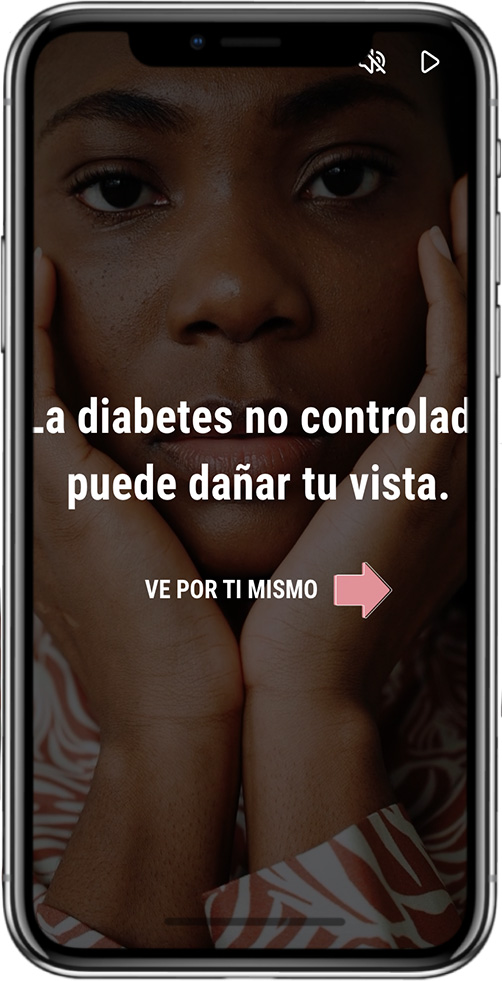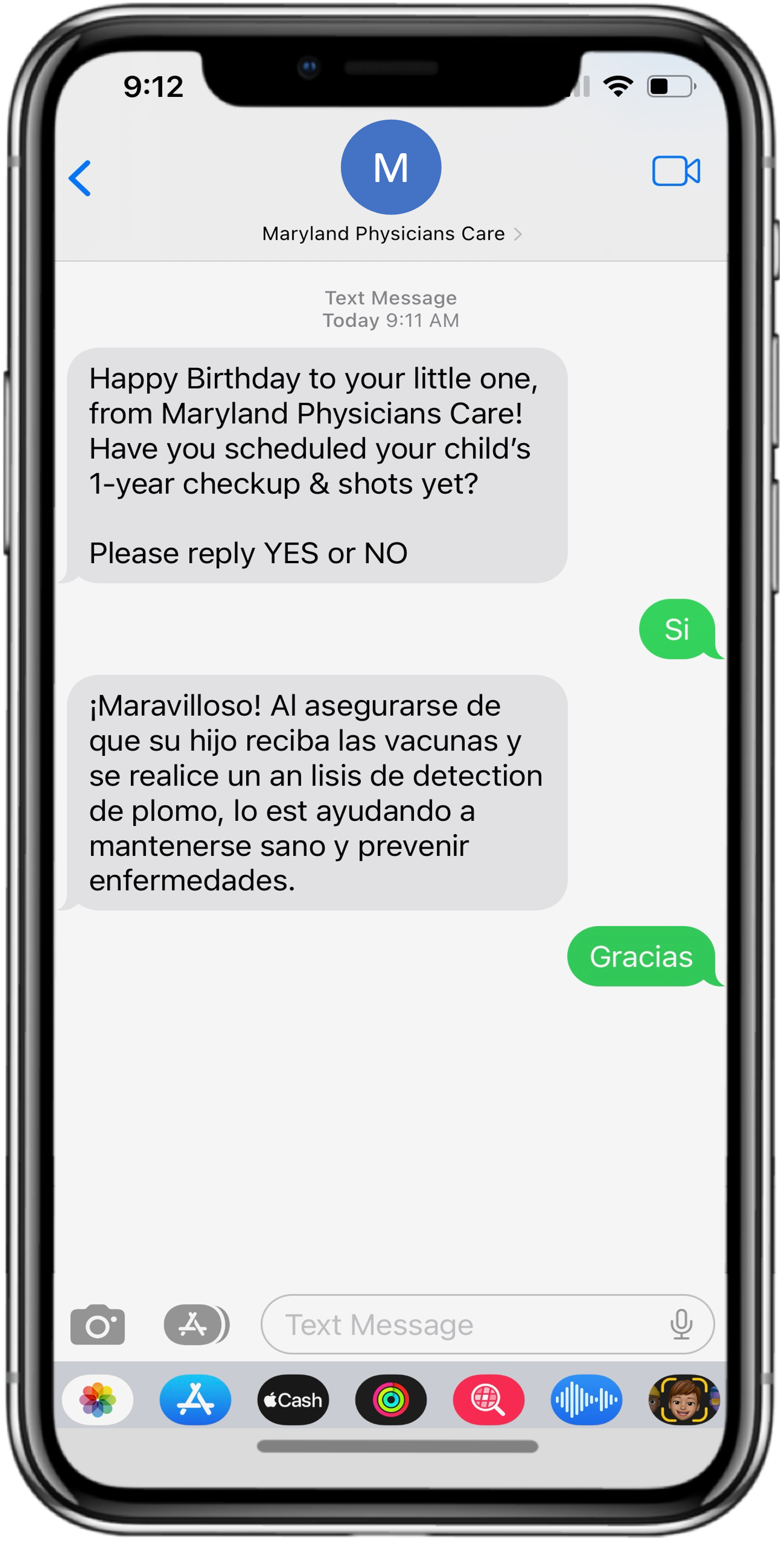When COVID-19 overwhelmed our nation’s healthcare system, a stark reality emerged: health inequity. As people of color experienced a disproportionately high burden of COVID-19 cases and deaths, highlighting a gap in our system, the topic of health equity surfaced across public health agencies, policy makers, healthcare systems and providers, and employers alike, and the possibility of digital health solutions bridging these gaps and make quality healthcare more accessible came to the forefront.
To promote health equity, it is vital to begin with a universal definition. The Centers for Disease Control and Prevention defines health equity as “the state in which everyone has a fair and just opportunity to attain the highest level of health.” Achieving this aspiration requires uplifting communities that have been minoritized and excluded and promoting affordability and accessibility to quality healthcare and other social services. First, let’s start by looking at equity and how it is different from equality.
Equality vs. Equity: The Road is Long
While these terms may sound similar, equality and equity are not synonymous! Creating equitable solutions over equal solutions has the profound impact to uplift marginalized populations.
Imagine that you must go five miles down the road. In an equal society, everyone who needed to travel this distance would be given the same bicycle. What determines who makes it down the road and who makes it quickest?
- Personal conditions, such as their biking skills, what they are carrying, and whether they have the ability to pedal with their feet.
- Circumstances of the environment such as whether the road is bumpy, inclined, or flat.
In an equal society, while everyone may have a bicycle, they are not truly equipped with the resources they need to succeed
In contrast, in an equitable society, everyone is set up to reach the end of the five miles at the same exact time, regardless of conditions. In a scenario of equity, each person has a bicycle that has been developed for their unique needs, such as a motorized vehicle for wheelchair users or a bicycle with more traction to endure the bumpy roads.

When it comes to healthcare, the same logic follows: a uniform approach will not work across populations. True health equity will require providing each member with the tools they need to overcome barriers and ultimately achieve their highest level of health. There are a few key digital engagement strategies that can be especially effective in addressing health inequities among member populations.
Streaming Health Content
 Health illiteracy is one of the biggest barriers to equitable healthcare, and in response, streaming health content is an effective method for health literacy promotion. It borrows from the best of digital content strategy, behavioral science, and instructional design to create powerful learning experiences to address health literacy barriers in a consumer-friendly format and to encourage hard to reach members to take control of their health outcomes. Instead of telling people what they need to do, we are educating them on why it’s important, which serves to develop intrinsic motivation to get care and take healthy actions. Everyone has the knowledge needed and everyone can make health decisions with all the information available.
Health illiteracy is one of the biggest barriers to equitable healthcare, and in response, streaming health content is an effective method for health literacy promotion. It borrows from the best of digital content strategy, behavioral science, and instructional design to create powerful learning experiences to address health literacy barriers in a consumer-friendly format and to encourage hard to reach members to take control of their health outcomes. Instead of telling people what they need to do, we are educating them on why it’s important, which serves to develop intrinsic motivation to get care and take healthy actions. Everyone has the knowledge needed and everyone can make health decisions with all the information available.
Conversational AI and Natural Language Understanding
 With the use of artificial intelligence, conversations can be programmed to understand responses in any language and intelligently respond in that same language. It can also allow plans to respond automatically to barriers created by inequitable circumstances, such as transportation, cost, or health literacy issues. Then it can provide real time solutions to move the member forward toward the desired action. This serves to create more equitable health experiences for those members who aren’t starting on a level playing field.
With the use of artificial intelligence, conversations can be programmed to understand responses in any language and intelligently respond in that same language. It can also allow plans to respond automatically to barriers created by inequitable circumstances, such as transportation, cost, or health literacy issues. Then it can provide real time solutions to move the member forward toward the desired action. This serves to create more equitable health experiences for those members who aren’t starting on a level playing field.
Social Determinants of Health (SDoH)
Research shows SDoH have a greater impact on health and well-being than medical care. This is because where a person lives, learns, works, and plays can affect their health in many ways. There are many non-medical factors that affect health and wellness:
- Economic Stability: employment, income, expenses, debt, medical bills, and support
- Physical Environment: housing, transportation, safety, parks, playgrounds, walkability Education: literacy, language, vocational training, pre-schools, higher education
- Food: hunger, access to healthy, affordable options
- Community: social support systems, community engagement, discrimination, stress
- Healthcare System: health coverage, provider access, provider cultural competency, quality of care
These factors commonly overlap to affect health outcomes (health status, mortality, and morbidity).
Technology can bridge the gap created by SDoH. At mPulse, we believe SDoH can be addressed directly using disaggregated data, which ensures representation of marginalized populations. We created a proprietary SDoH Index which leverages a weighting system to maximize its predictive ability. Factors such as food insecurity, transportation access, neighborhood, and environment are taken into account for each individual member to provide a more tailored, relevant, and empathetic conversation.
Bridging Gaps: Our Commitment to Equitable Health
Digital interventions can also be a powerful tool to bring communities together during a crisis (such as quick response to the COVID-19 pandemic), spread education, send interventions in multiple languages, and find different ways to get people the resources they need.
The digital platform can be used to spread health education in engaging ways (e.g. videos, courses), utilizes behavior science to break down fears and misinformation, and uses a multicultural lens to provide multiple languages and ensure cultural sensitivity. Together, this technology can bridge inequities early on, and in turn, can help mitigate preventable, deadly health consequences.
Ultimately, we aim to close gaps in care and eliminate preventable health disparities by integrating health equity competencies across all of our work, and allow all people a fair and just opportunity for the highest level of health.
To learn more about the impact digital engagement can have on health equity, read part 2 of this blog series next.





